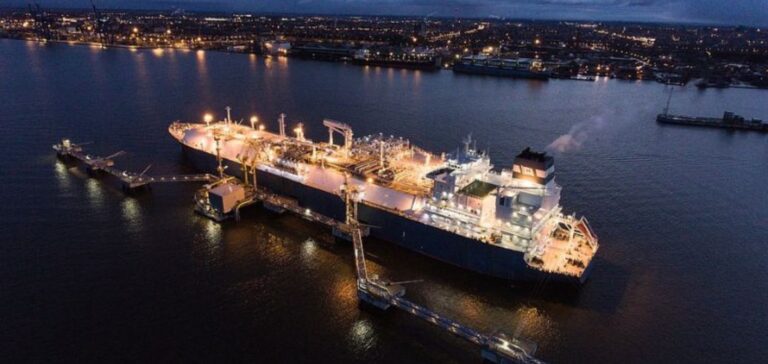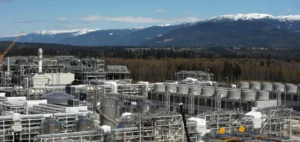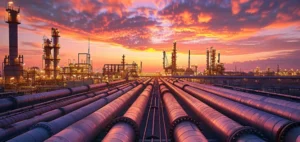Liquefied natural gas (LNG) produced in the USA and shipped to Asia could emit up to 50% less carbon dioxide than coal, according to a recent study by Rystad Energy. This reduction is crucial as the world seeks to reduce its carbon footprint and transition to cleaner energy sources. Global natural gas production reached record levels last year, topping 4,000 billion cubic meters (Gm³), with continued growth forecast throughout this decade. LNG is often seen as an essential component of the energy transition, but questions persist concerning its total emissions along the value chain.
Emissions Analysis
Rystad Energy has assessed the total emissions of the coal and LNG value chains, including carbon dioxide and methane, from extraction to end use. The results show that coal-fired power plants have a significantly higher carbon footprint, mainly due to end-of-use emissions. However, methane emissions, which are often underestimated, still pose major challenges when it comes to accurately assessing these value chains. Technologies for measuring methane emissions, such as satellite imagery, have revealed higher-than-expected emission rates for the oil, gas and coal sectors. This increased data accuracy is crucial to understanding the full environmental impact of these energy sources.
The US LNG Position
The global LNG market is expected to reach 850 billion cubic meters (Gm³) per year by 2030, of which around 30% will come from the USA. In Asia, demand for gas remains strong, and LNG is positioning itself as a key competitor to coal for power generation. For many observers, LNG represents an essential component of the energy transition, helping to reduce dependence on more polluting fossil fuels such as coal.
Challenges and opportunities
Assessing methane leakage in upstream and midstream infrastructures is a major challenge. More granular monitoring technologies, such as satellite sensors, are improving the accuracy of methane emissions data, although uncertainties remain. These advances will enable us to better target emission reduction measures in the LNG value chain. For the LNG sector, reducing methane leakage is key to making emissions more competitive with coal. Increased leak monitoring and detection technologies will play a key role in reducing methane emissions throughout the LNG value chain.
Future prospects
With the introduction of global emissions policies, such as methane regulations and border carbon adjustment mechanisms, gas supplies could soon see price differentials based on carbon competitiveness. These regulations will push operators to invest more in emission-reducing technologies to maintain the viability of LNG as a transition fuel. Rystad Energy’s scenarios show that most LNG shipments from the USA to Asia have a lower emissions footprint than domestic coal. Future advances in emissions monitoring and abatement technologies could further enhance this advantage, positioning LNG as a cleaner alternative to coal for power generation. The energy sector must continue to invest in emissions-reducing technologies to optimize LNG’s role in the global energy transition.





















